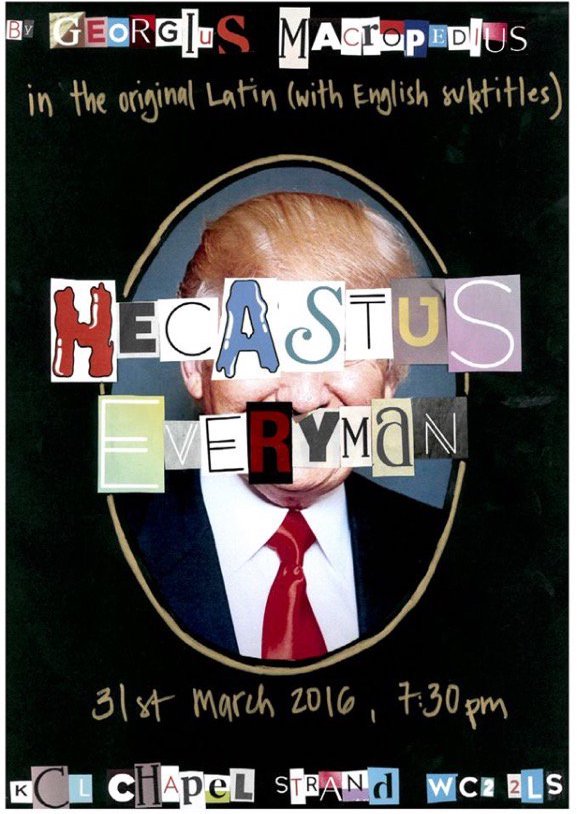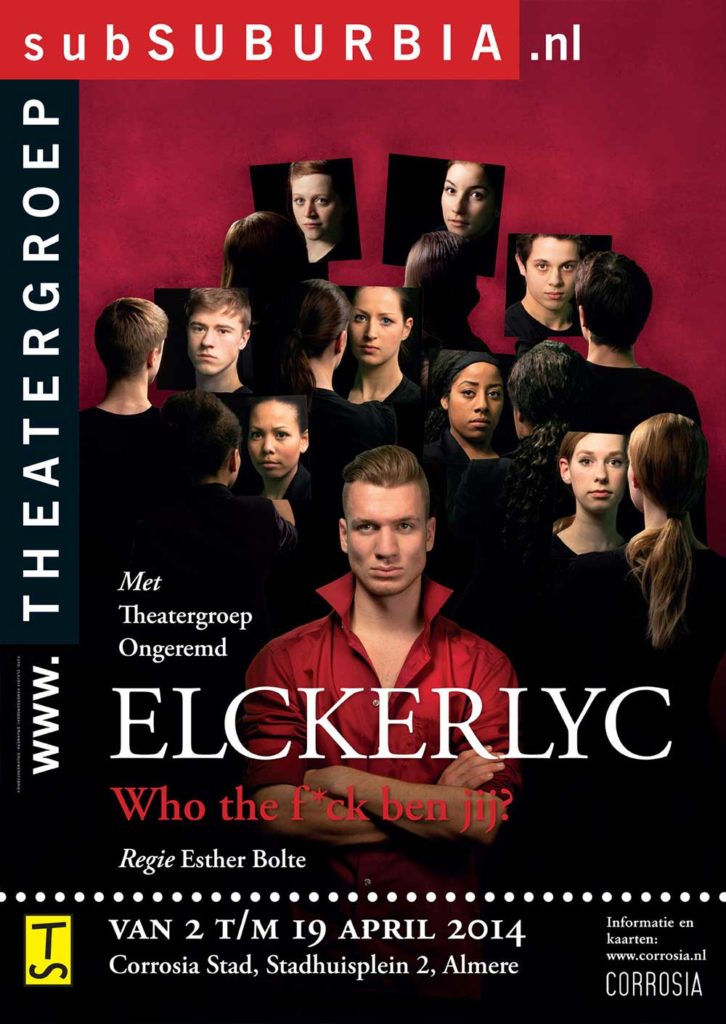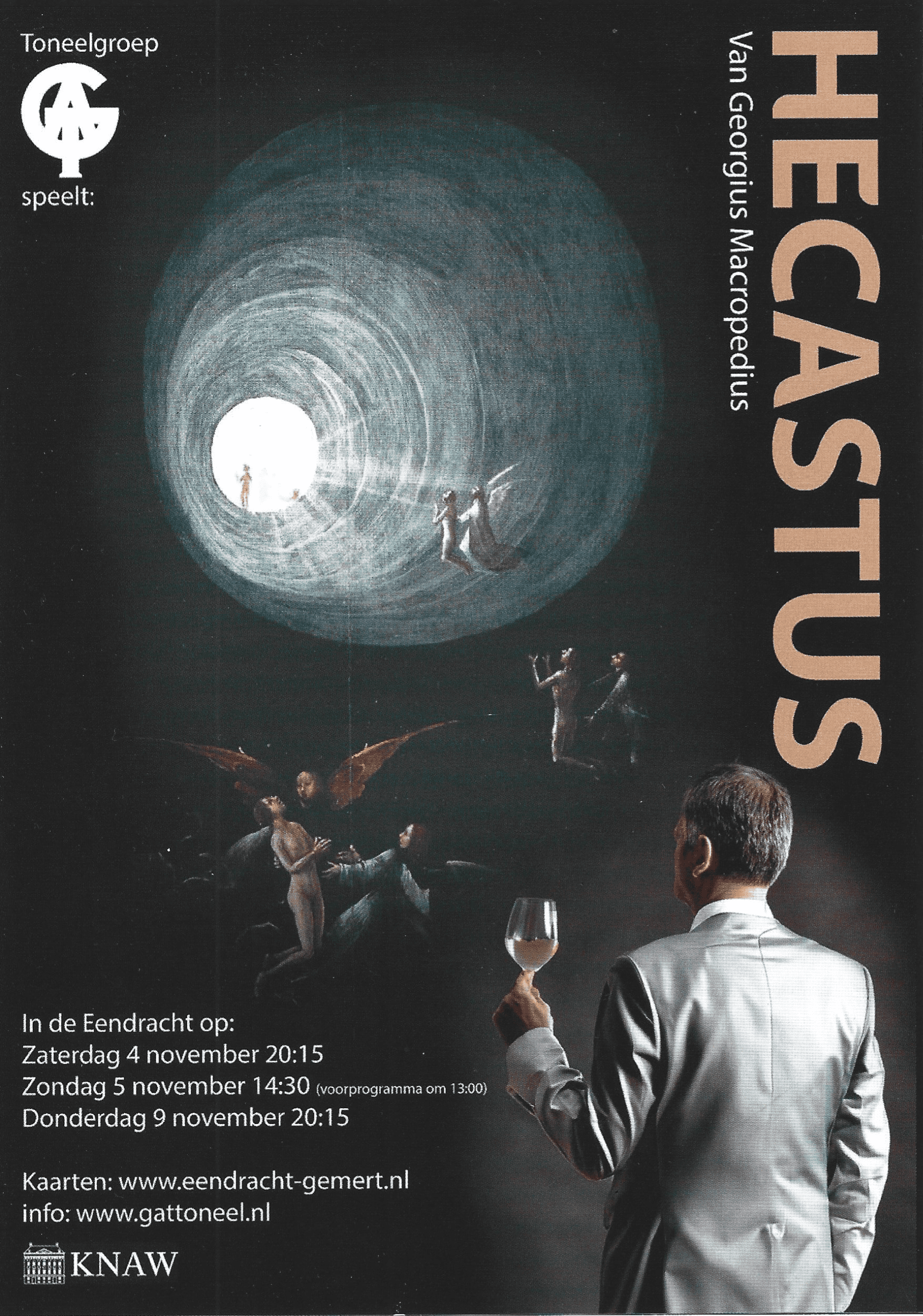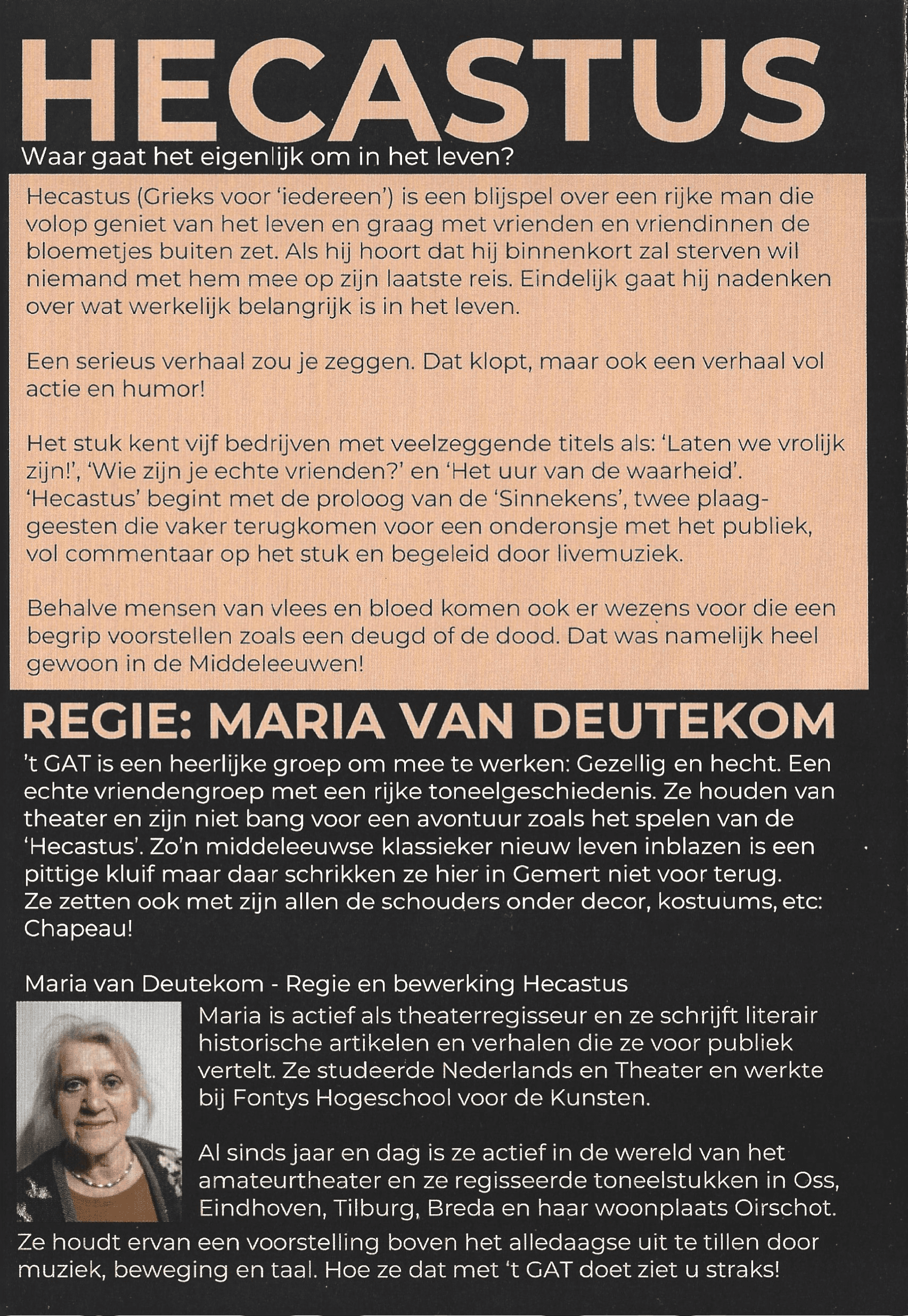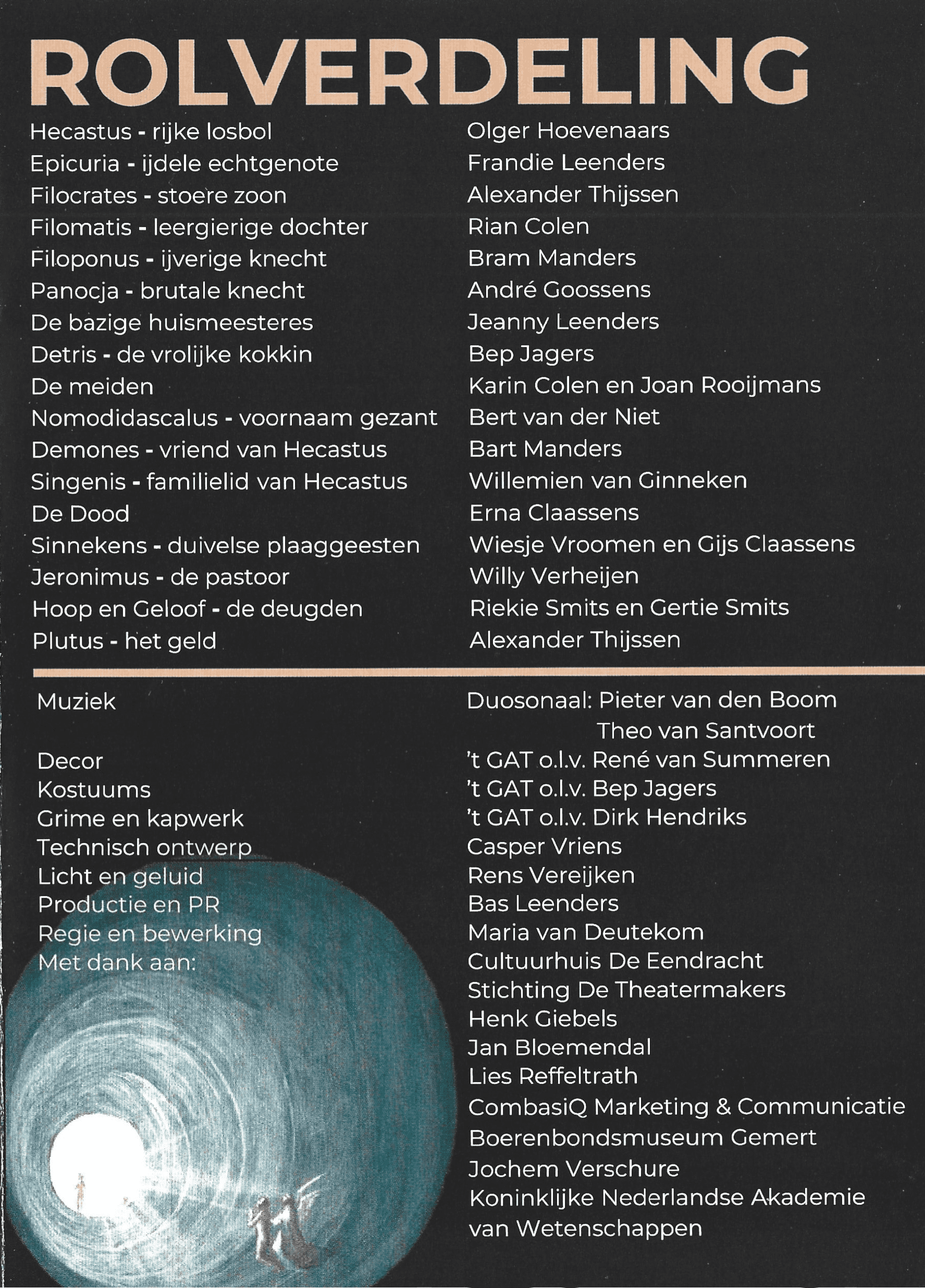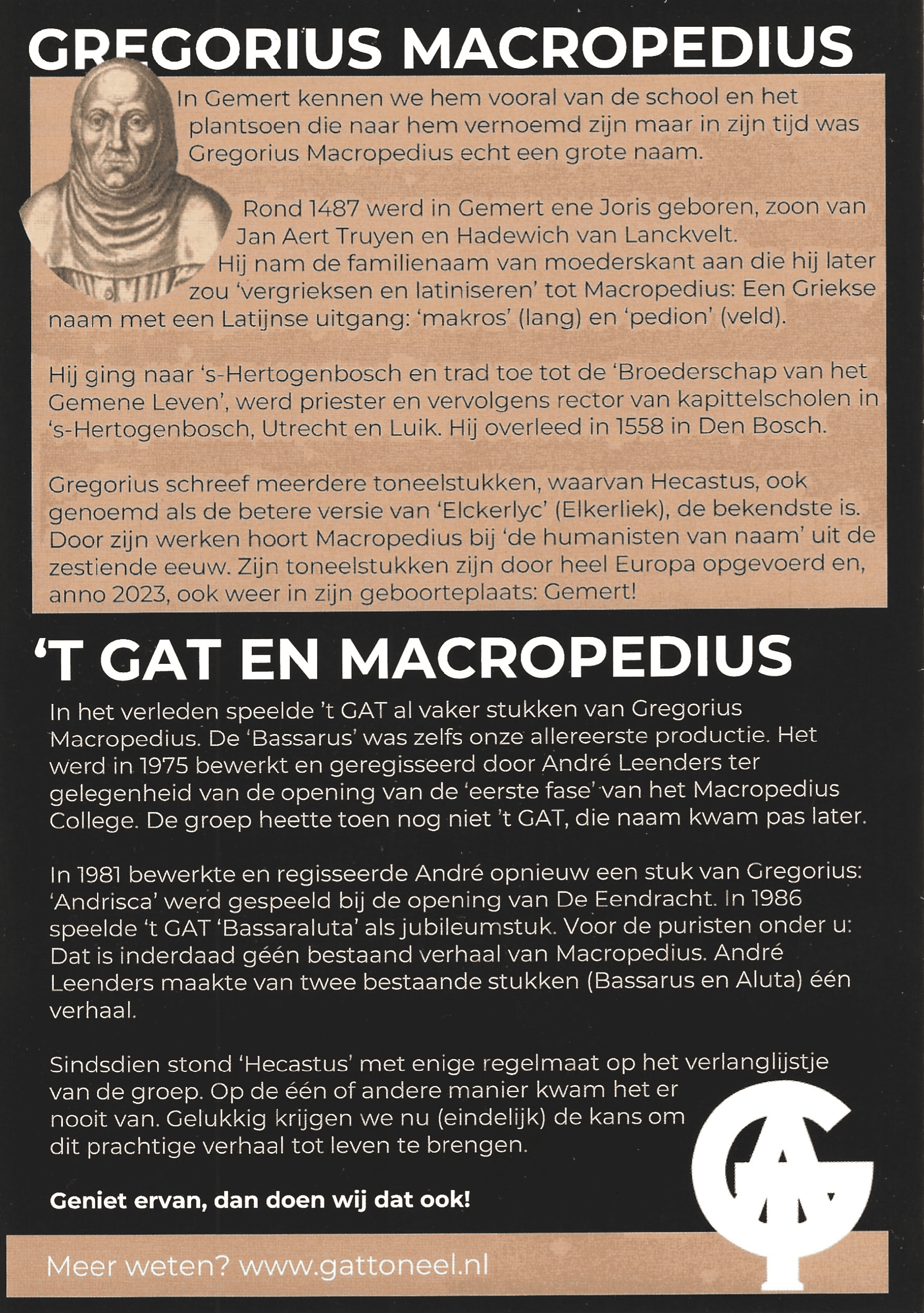“Therefore, what do strength or riches, pleasures or honours profit us after death, when we shall be deprived of all these things?”
– Georgius Macropedius, Hecastus
The Hecastus (‘Everyman’) is a sixteenth-century play with a general human and timeless theme: What matters in life? It was the most performed play of the time. The Hecastus Theatre Project is a volunteer theatre project that aims to get the Hecastus staged in several European countries once again in 2023. The following theatre groups are participating:
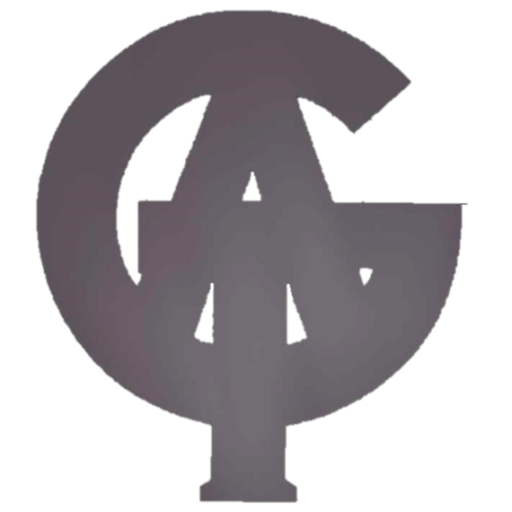
Toneelgroep ’t GAT performed the Hecastus on 4, 5 and 9 November 2023 at theatre De Eendracht in Hecastus’ birthplace Gemert.





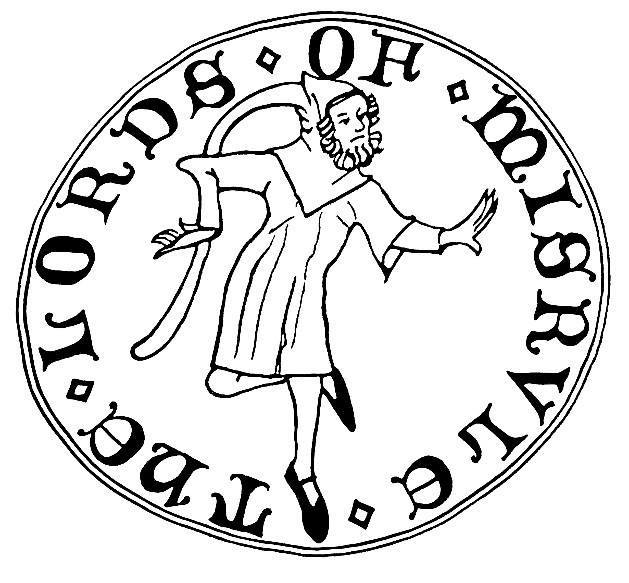
The Lords of Misrule performed the Hecastus on 23, 24 and 25 March 2023 at St Mary Bishophill Junior cathedral in York, and on 5 July at the Leeds International Medieval Congress.
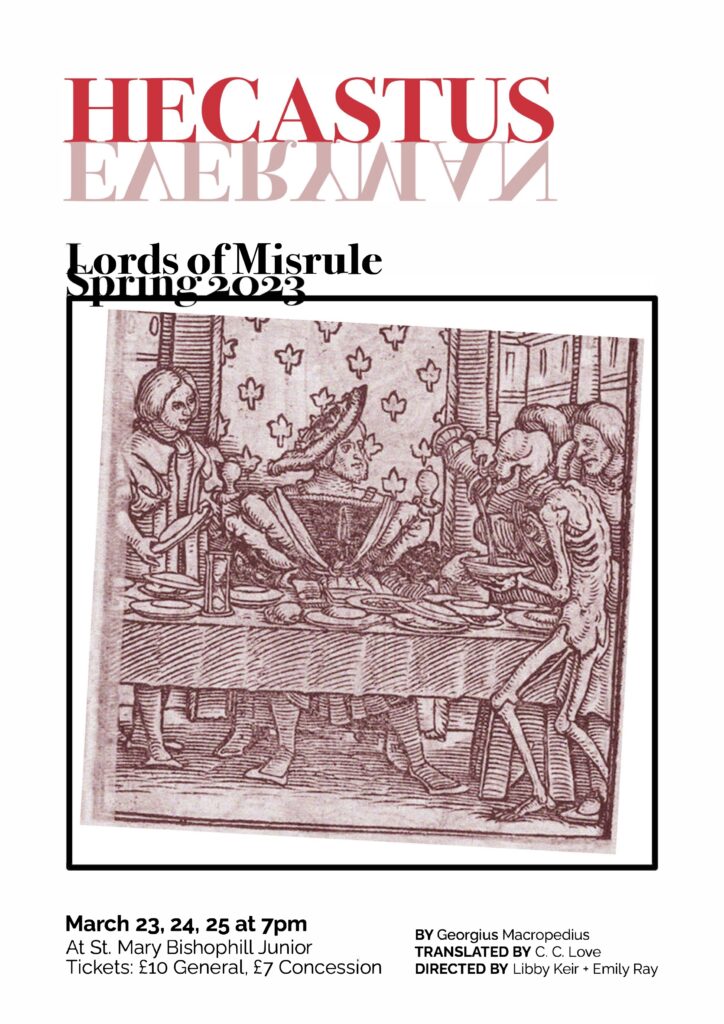
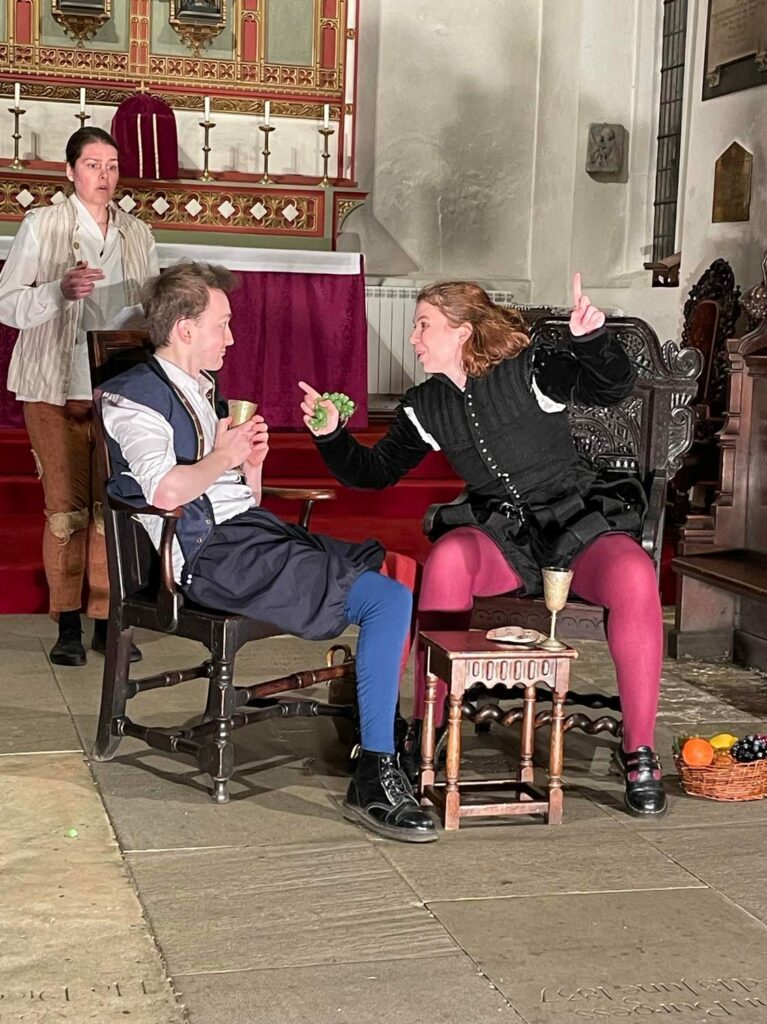

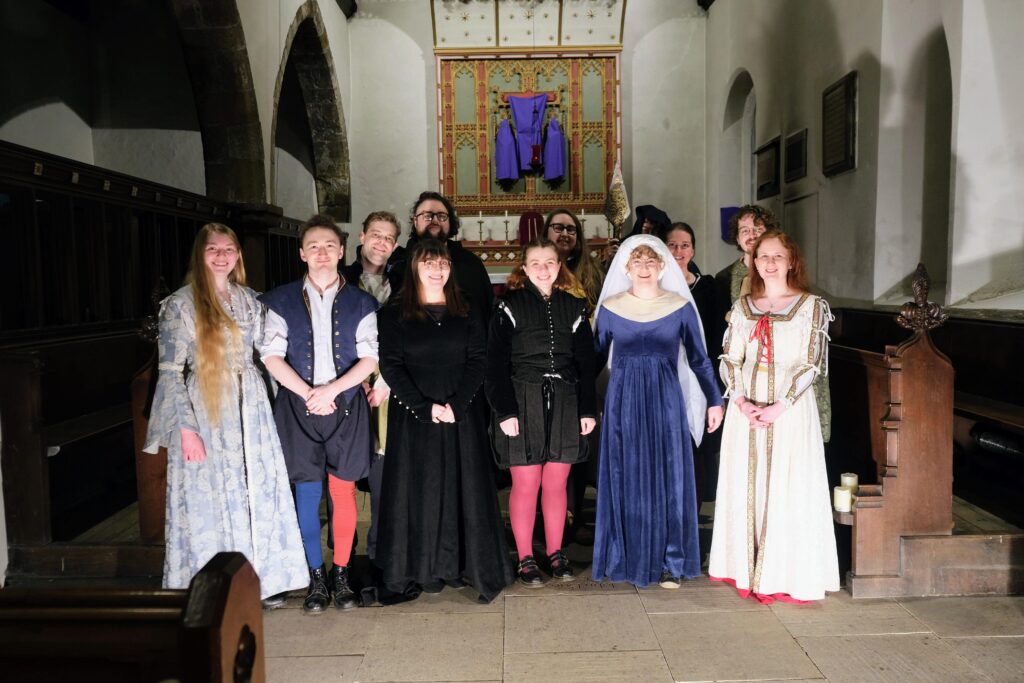
As every year, the Jedermann, an early twentienth-century German adaptation of the Hecastus, was performed in Bamberg Cathedral and at the Salzburger Festival in 2023.
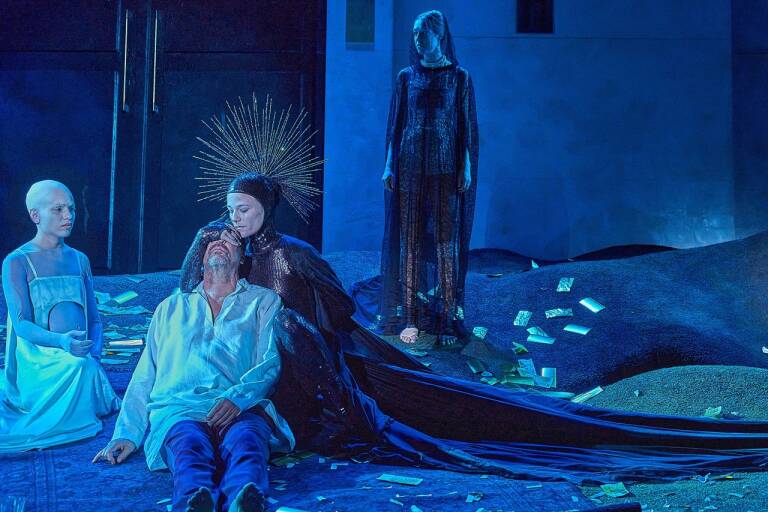
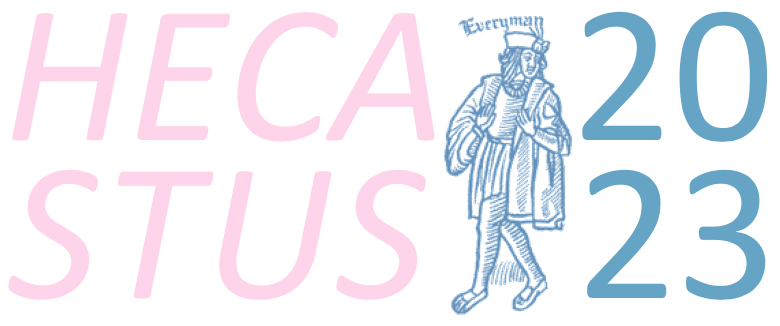
Who was Macropedius?
Georgius Macropedius (1487-1558) was a priest and a teacher from the Dutch province of Brabant. For his pupils he wrote grammar books and twelve plays: farces, biblical plays and comedies on school life and peasants. Macropedius stood out above other playwrights: He paid much attention to the action on stage, while other plays from the period are often more static. His characters are well-developed and recognisable. And he shows a good sense of humour, not only in his farces but also in his more serious plays. This brought him fame in his own time. His plays were staged throughout Europe and translated.
What is the Hecastus about?
What is life actually about? This is the theme of the Hecastus (1539). The protagonist Hecastus is a rich young man who enjoys life with his many friends. When he hears that he has to die, no one wants to accompany him on his last journey. This forces him to reflect on what really matters in life. The protagonist is named Hecastus, Greek for ‘everyman’, because at a certain time every one of us must ask himself this important question. The play goes back to the fifteenth-century Dutch morality play Elcerlyc (which also means ‘everyman’). In the Latin adaptation by Macropedius it became the most successful play of the time. Even today the universal theme and Macropedius’ rich yet straightforward style still appeal to us.
Synopsis*
When he is preparing for himself and his friends a feast of sumptuous dishes, Hecastus is struck down with pleurisy and suddenly, with his history of very grave sins, he is summoned before the supreme judge. Since he finds in his time of anxiety neither friends nor relatives nor faithful children to be his companions on the journey, he is in despair. At last, relying on Virtue and Faith, after the priest’s counsellings for salvation and after repentance, he is restored to life and to grace. Then, in a sanctified death, he is moved with spiritual joy and gives up his family and his virtuous friends.
* The synopsis is from the English translation of the Hecastus by C.C. Love (Toronto, 1992).
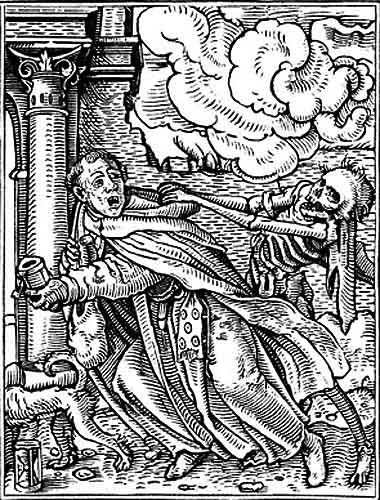
Why this project?
The Hecastus Theatre Project is part of TransLatin, a research project of the Royal Netherlands Academy of Arts and Sciences. The TransLatin project investigates the interaction between Latin plays written by Dutch playwrights from the sixteenth to the eighteenth century and plays written in local languages across Europe. One of the expected outcomes is that this interaction was considerable and that European drama was more cosmopolitan than assumed so far. The aim of the Hecastus Theatre Project is to re-enact this transnational web of plays by having one of the most performed and translated plays of the sixteenth century, Macropedius’ Hecastus, staged throughout Europe at the same time.
Text and translations
The Hecastus was first published in Antwerp in 1539. A second, enlarged edition appeared in Utrecht in 1552.
An English translation of the 1539 edition has been published in: C.C. Love, Macropedius’ Hecastus: A morality play on the Everyman theme (Toronto, 1992). The Latin text with the English translation by Love can be downloaded here.
The playwright Hans Sachs made a German adaptation of the 1539 edition, which appeared in 1549: Ein Comödi, von dem Reichen sterbenden Menschen, der Hecastus genannt. This close adaptation, together with the additions from the 1552 edition in a German translation, can be found in: Raphael Dammer and Benedikt Jeßing, Der Jedermann im 16. Jahrhundert: Die Hecastus-Dramen von Georgius Macropedius und Hans Sachs (Berlin, 2007), pp. 194-263. The German adaptation by Sachs can be downloaded here.
A Dutch translation of the 1539 edition has been published in: Bernadette Verschelde, Georgius Macropedius’ Hecastus (1539). Vertaling, commentaar, vergelijking met Elckerlijc en met Chr. Ischyrius’ Homulus (1536) (Licentiate thesis, Ghent University, 1981). The Dutch translation by Verschelde can be downloaded here.
Contact
If you would like to have more information about the Hecastus Theatre Project, please contact dr. Robin Buning: robin.buning@huygens.knaw.nl. A printable flyer can be downloaded here in various languages:
– English
– Dutch
– French
– German
– Italian

